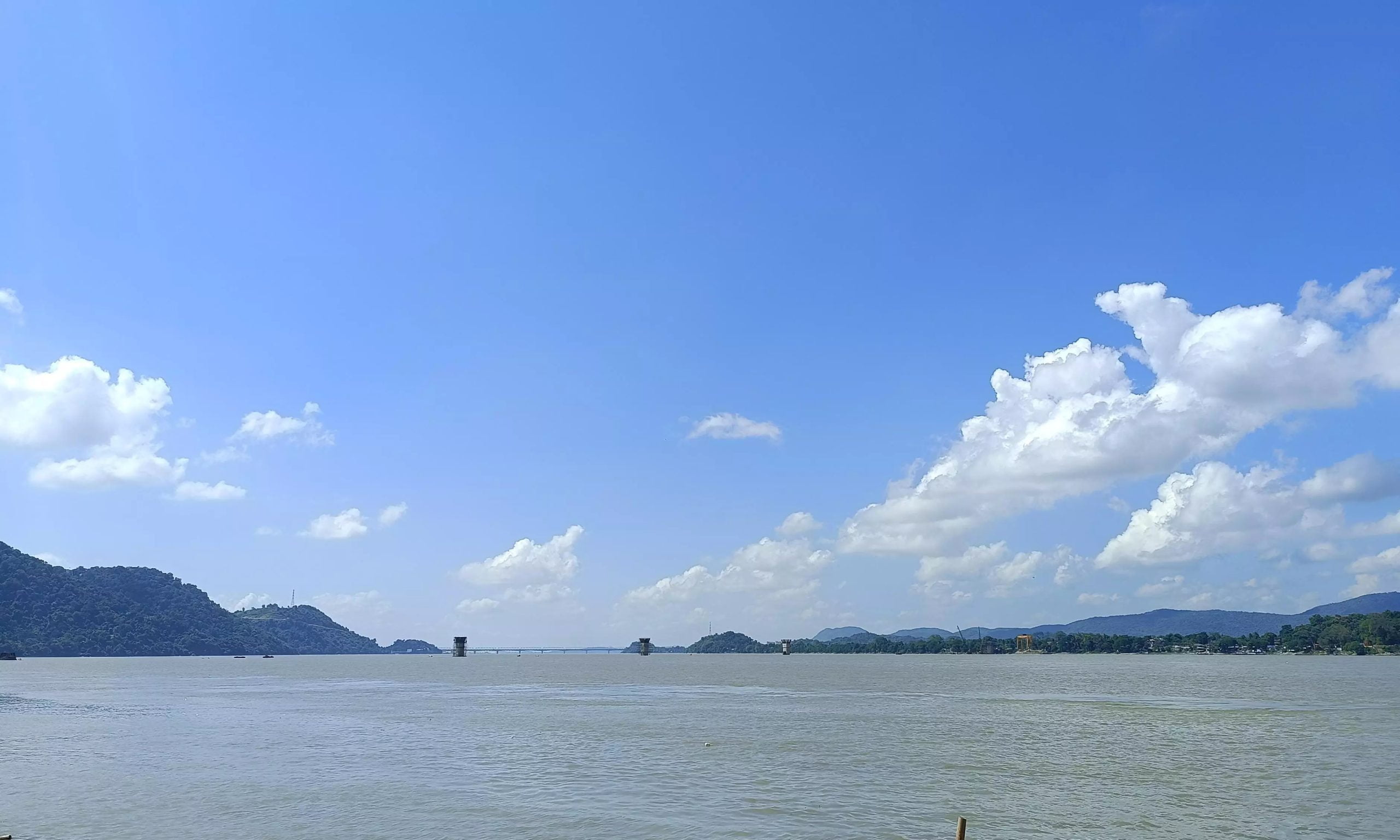The global urban population facing water scarcity is anticipated to expand to 2.4 billion by 2050, according to a report by the United Nations. India is expected to be the country most badly affected.

The global urban population facing water scarcity is estimated to expand from 933 million in 2016 to between 1.7 and 2.4 billion in 2050, according to a report released by the United Nations on Tuesday.
The ‘United Nations World Water Development Report 2023: partnerships and cooperation for water’ was released on Tuesday in advance of the UN 2023 Water Conference. According to the report, approximately 80% of people living in water-stressed regions are located in Asia, namely northeast China, India, and Pakistan.
The global urban population encountering water scarcity is forecast to expand from 933 million (one-third of the global urban population) in 2016 to between 1.7 and 2.4 billion (one-third to nearly half of the global urban population) in 2050, with India predicted to be the most severely affected.
“Immediate worldwide action is required to avoid the global water crisis from spiralling out of control,” declared UNESCO Director-General Audrey Azoulay. “Water is our shared future, and it is imperative that we work together to manage and distribute it equally and sustainably.” The survey showed that two billion people worldwide lack access to safe drinking water and 3.6 billion lack access to safe sanitation.
Prior to the report’s release, Richard Connor, the report’s editor-in-chief, told reporters at a press conference at UN Headquarters that “uncertainties are growing.”
“If we don’t solve it, there will be a global crisis,” he warned, referring to rising scarcity that reflects decreasing availability and increased demand, resulting from urban and industrial growth as well as agriculture, which consumes 70 percent of the world’s supply.
In the report, UN Secretary-General Antonio Guterres stated, “Water is the lifeblood of humanity.” It is essential to our own existence and supports the health, resilience, growth, and prosperity of people and the world alike.” Guterres expressed fear that humanity is mindlessly pursuing a perilous course. Drop by drop, humanity’s lifeblood is being drained by vampire-like overconsumption and overdevelopment, unsustainable water use, pollution, and unregulated global warming.
The report, he said, “reminds us that the protection and preservation of this valuable resource for future generations is contingent upon partnerships.” The intelligent management and protection of the world’s water resources require the collaboration of governments, corporations, scientists, civil society, and communities – including indigenous groups – to develop and implement tangible solutions.
Guterres emphasised that the United Nations Water Conference in 2023 is a crucial time for collective progress, as it will be the first major UN summit on the water in nearly half a century and a vital step towards Sustainable Development Goal 6: clean water and sanitation for all.
While water is a cross-cutting issue, the researchers emphasised that partnerships and cooperation are essential to integrated approaches to water management across important industries.
In a transboundary context, the water-energy-food nexus is equally vital. The transboundary water cooperation agreement established by the Mahakali Treaty (Pancheshwar Multipurpose Project) between India and Nepal, which strives to promote water and energy security for both countries, is one collaboration tackling this issue. Although the Pancheshwar Multipurpose Project has been delayed for a considerable amount of time, a number of positive effects have been emphasised in terms of irrigation, flood control, and the reduction of energy shortages, it was stated.
The research also noted that partnerships that emphasise knowledge co-creation as opposed to knowledge transfer seek to embrace the diversity of knowledge and experience within a knowledge system. This is especially pertinent when considering water.
“Water resources management strategies in many regions of the world integrate traditional features, ranging from local expert knowledge on spring water supply and flood frequency to highly advanced systems like ancient water sowing and harvesting” (e.g. paar systems in western Rajasthan, India, and amunas in Peru). According to the report, this can (and should) also include the knowledge and experience of women, who frequently play a crucial role in water management, particularly in rural areas.
As part of a crisis response programme that strives to give trustworthy information and resources at critical periods, Google launched a flood forecasting initiative in 2018 with the objective of preventing catastrophic damage by empowering individuals in danger with precise and thorough alerts.
Operating in conjunction with the Indian Central Water Commission and the Bangladesh Water Development Board, it initially covered areas with a combined population of 220 million in India and Bangladesh in order to send out 40 million possibly life-saving notifications.
Earlier worldwide flood alerts merely provided information on the amount by which rivers would rise, which was not always useful to those at risk. Google’s flood alerts show this vital information by directly superimposing the possible extent and depth of flooding on Google Maps.
The report, published by the United Nations Educational, Scientific, and Cultural Organisation (UNESCO), focuses on the twin themes of partnerships and cooperation, and outlines collaborative means through which actors can address common difficulties.
Connor stated that establishing relationships and collaborating are essential to achieving human rights to water and overcoming existing obstacles. Describing the context of such shortages, he stated that economic water scarcity is a major issue in regions where governments fail to guarantee safe access, such as the centre of Africa, where water flows. In contrast, physical scarcity is most severe in arid regions, such as northern India and the Middle East.
In answer to inquiries about the possibility of “water wars” in the event of a global catastrophe, Connor stated that the fundamental natural resource “tends to promote peace and collaboration rather than violence.”
He noted that 153 nations share roughly 900 rivers, lakes, and aquifer systems, and that more than half have signed agreements to strengthen transboundary cooperation in order to prevent conflict and escalation of tensions.



